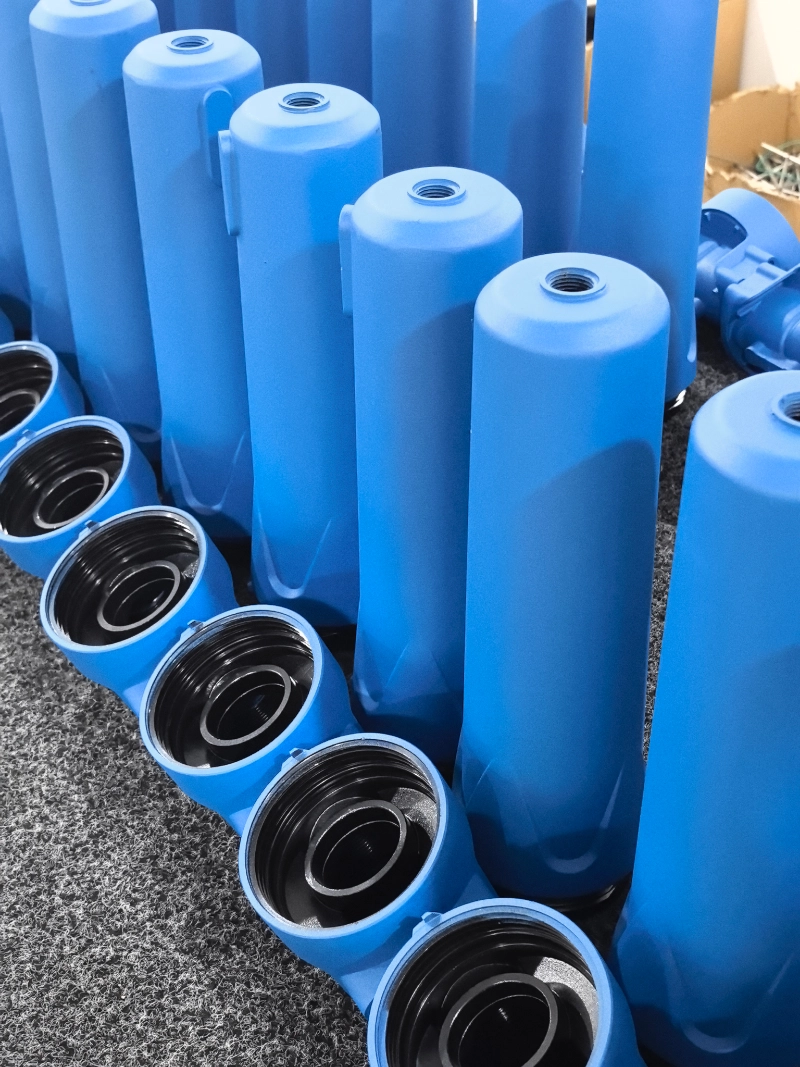House walls are not just mere structures that provide support and divide spaces; they are complex systems designed to offer insulation, strength, and aesthetics. Have you ever wondered what materials lie within the walls of your home? In this blog post, we will delve into the intricate composition of house walls, uncovering the various materials that make them sturdy, energy-efficient, and visually appealing.
- Framing:
At the core of every house wall lies the framing, which provides structural support. Traditionally, wood has been the primary material used for framing, owing to its strength, affordability, and ease of construction. However, modern construction techniques have introduced alternatives such as steel and engineered wood, offering enhanced durability and resistance to environmental factors. - Insulation:
Insulation plays a crucial role in maintaining a comfortable indoor environment and reducing energy consumption. Common insulation materials include fiberglass, mineral wool, cellulose, and foam. Fiberglass, made from fine glass fibers, is widely used due to its excellent thermal and acoustic properties. Mineral wool, derived from natural minerals, offers superior fire resistance. Cellulose, often recycled paper, provides an eco-friendly option, while foam insulation provides high thermal resistance and moisture control. - Vapor Barriers:
To prevent moisture buildup within the walls, vapor barriers are installed. These thin sheets, typically made of polyethylene or foil, restrict the movement of water vapor, protecting the insulation and preventing mold growth. Vapor barriers are particularly important in humid climates or areas prone to moisture intrusion. - Sheathing:
Sheathing materials are applied to the exterior side of the framing, providing additional structural support and acting as a base for the wall finish. Common sheathing options include plywood, oriented strand board (OSB), and gypsum board. Plywood, composed of thin layers of wood veneer, offers strength and durability. OSB, made from compressed wood strands, provides cost-effectiveness and dimensional stability. Gypsum board, also known as drywall, is widely used for its fire-resistant and easy-to-install properties. - Wall Finish:
The final layer of a house wall is the wall finish, which contributes to the aesthetics and protection of the structure. Various materials can be used for wall finishes, including paint, wallpaper, ceramic tiles, stone veneer, and wood paneling. Each material offers unique visual appeal, durability, and maintenance requirements, allowing homeowners to personalize their living spaces.
Conclusion:
House walls are a harmonious blend of materials, each serving a specific purpose to create a safe, comfortable, and visually pleasing environment. From the framing to the wall finish, every component plays a vital role in ensuring the structural integrity, insulation, and aesthetic appeal of your home. Understanding the composition of house walls empowers homeowners to make informed decisions during construction or renovation, resulting in a space that truly reflects their style and meets their functional needs.



More Stories
Water Based Car Spray Booth Solutions for Automotive Paint Systems
Shoring Props Explained: Types, Uses, and Safety Tips for Construction Projects
Why H20 Beams Are Essential for Large-Scale Construction and Infrastructure Projects